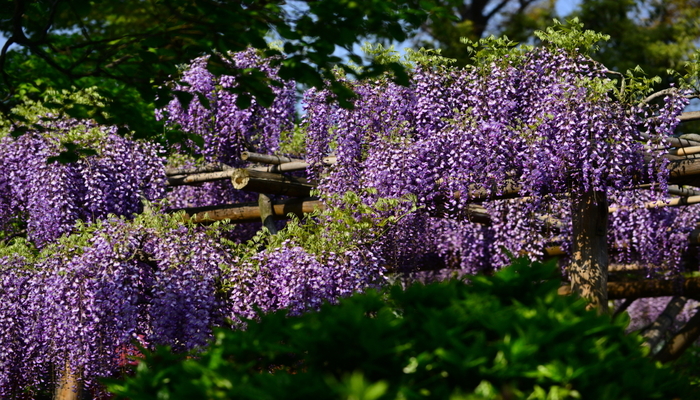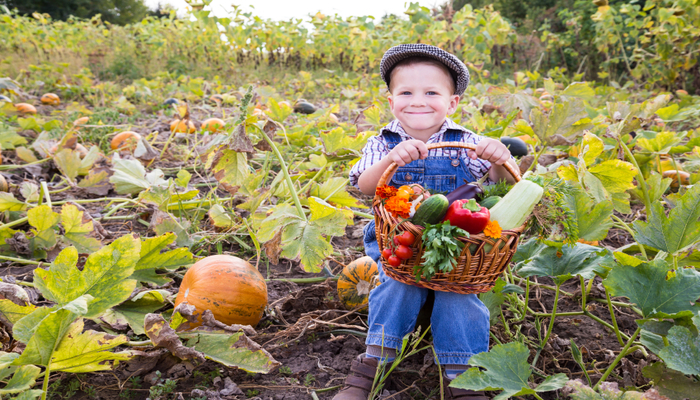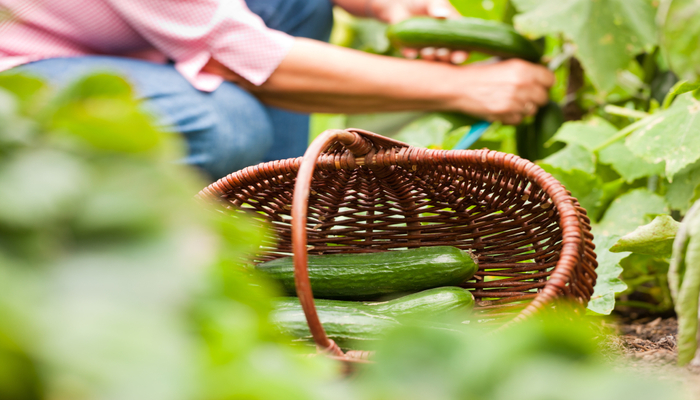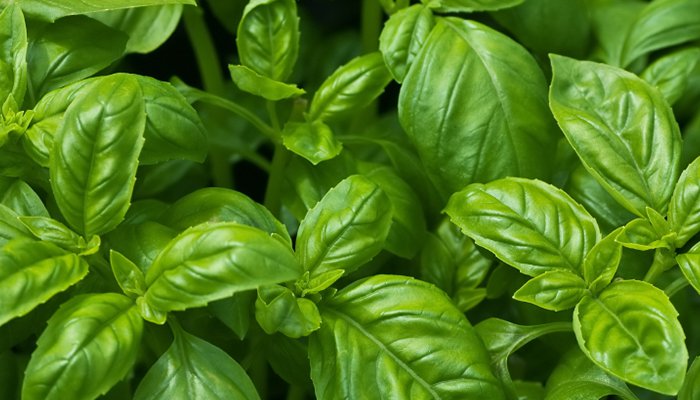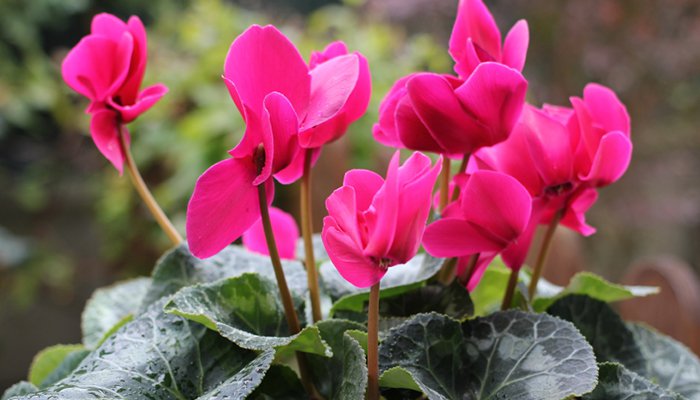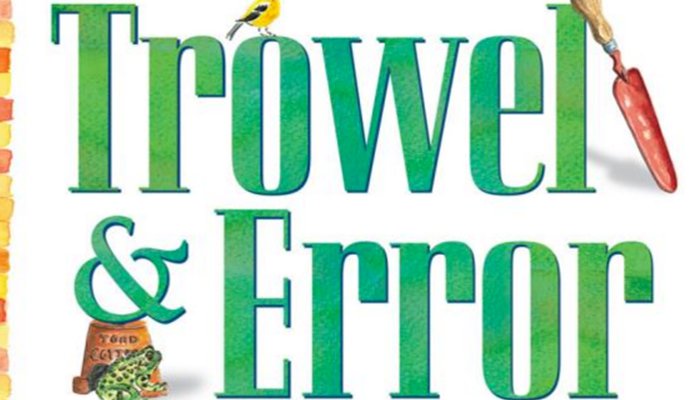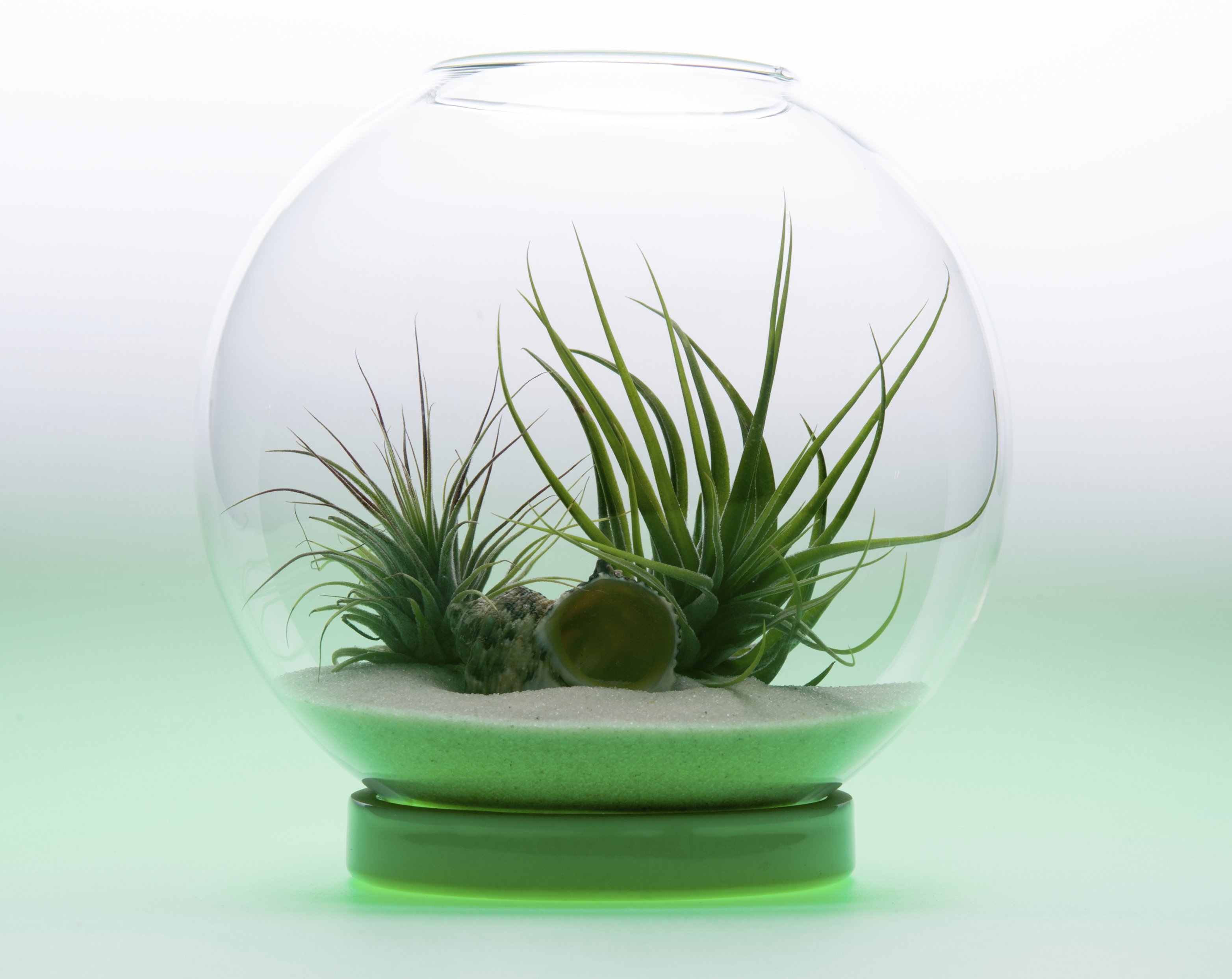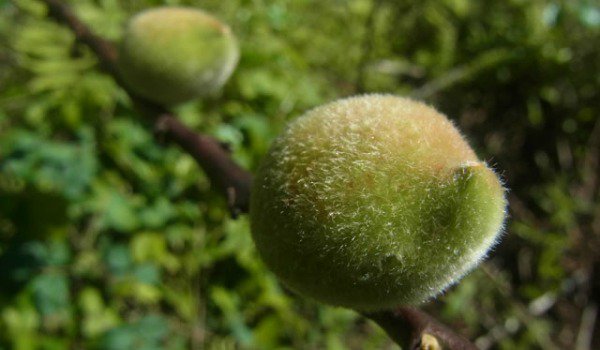
When winter begins to turn to spring, and you cannot wait to get into your garden, pruning is a good place to start. Pruning keeps plants healthy and gets rid of damaged, diseased branches and limbs, for new, healthy growth. Keep in mind, though, that not all plants should be pruned early. Many flowering trees and shrubs set their buds in the fall, and pruning in early spring could mean less blossoms. This is a common mistake made by new gardeners, so use this list to determine when your flowering trees and shrubs should be pruned for the most blossoms in spring.
Trees and Shrubs That Should be Pruned After Blooming (Late Spring)
- Azalea (Rhododendron species)
- Beautybush (Kolkwitzia amabilis)
- Bridal Wreath Spirea (Spirea x vanhouttei)
- Flowering Crabapple (Malus species and cultivars)
- Forsythia (forsythia x intermedia)
- Hawthorn (Crataegus species and cultivars)
- Hydrangea, Bigleaf (Hydrangea macrophylla)
- Lilac (Syringa vulgaris)
- Magnolia (Magnolia species and cultivars)
- Mockorange (Philadelphus coronarius)
- Mountain Laurel (Kalmia latifolia)
- Rhododendron (Rhododendron species)
- Serviceberry (Amelanchier x grandiflora)
- Slender Deutzia (deutzia gracilis)
- Weigela (Weigela florida)
Trees and Shrubs That Should be Pruned While Dormant (Late Winter/Early Spring)
- Bradford Pear (Pyrus calleryana)
- Butterfly Bush (Buddleia Davidii)
- Crape Myrtel (Lagerstroemia indica)
- Flowering Dogwood (Cornus florida)
- Flowering Plum (Prunus blireana)
- Glossy Abelia (Abelia x grandiflora)
- Golden Rain Tree (Koelreuteria paniculata)
- Honeysuckle (Lonicera fragrantissiam)
- Hydrangea, Peegee (Hydrangea paniculata ‘Grandiflora’)
- Potentilla (Potentilla fruticosa)
- Redbud (Cercis canadensis)
- Spirea (except Bridal Wreath) (Spirea japonica))
- Wisteria (Wistera species)
Sometimes, it is easier to prune trees and shrubs when there are no leaves on the branches. It is easier to see the shape of the plant when the branches are not covered in leaves, so if your plants are in need of a good shaping, it might be worth it to sacrifice some would-be blossoms to revitalize the plant with an early spring pruning.
General Pruning Guidelines
- Prune plants while they are still young and maintain a regular pruning schedule to avoid corrective pruning later.
- Determine the reason for pruning your trees and shrubs and know what your final goal is before your start.
- Prune at the right time for the type of plants you have.
- Remove any damaged or diseased branches and limbs as soon as possible. If removing diseased branches, be sure to clean pruning tools between each cut by dipping the blades in rubbing alcohol or bleach.
- Prune crossovers, suckers, sprouts or low-hanging branches as soon as possible to avoid weak spots in the plant.
- Clean and oil pruning tools when finished pruning so they don’t rust.


